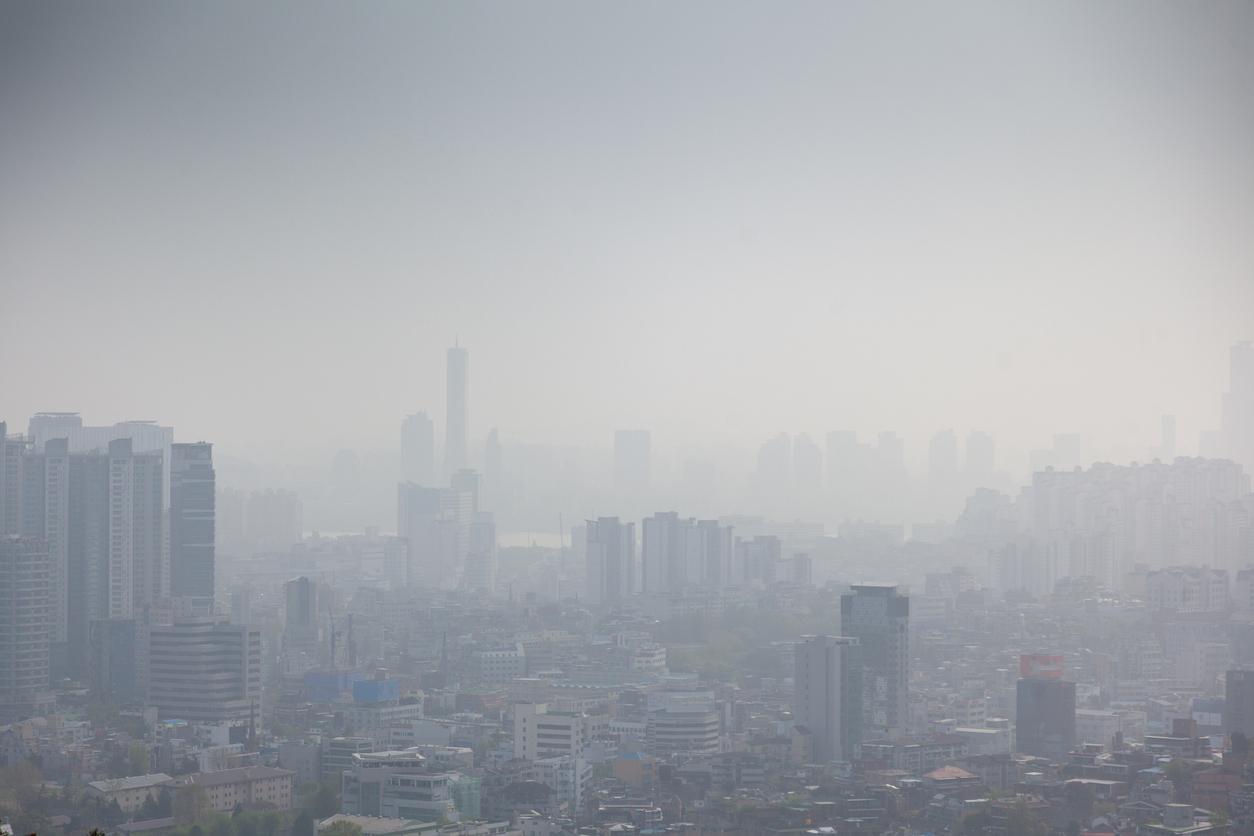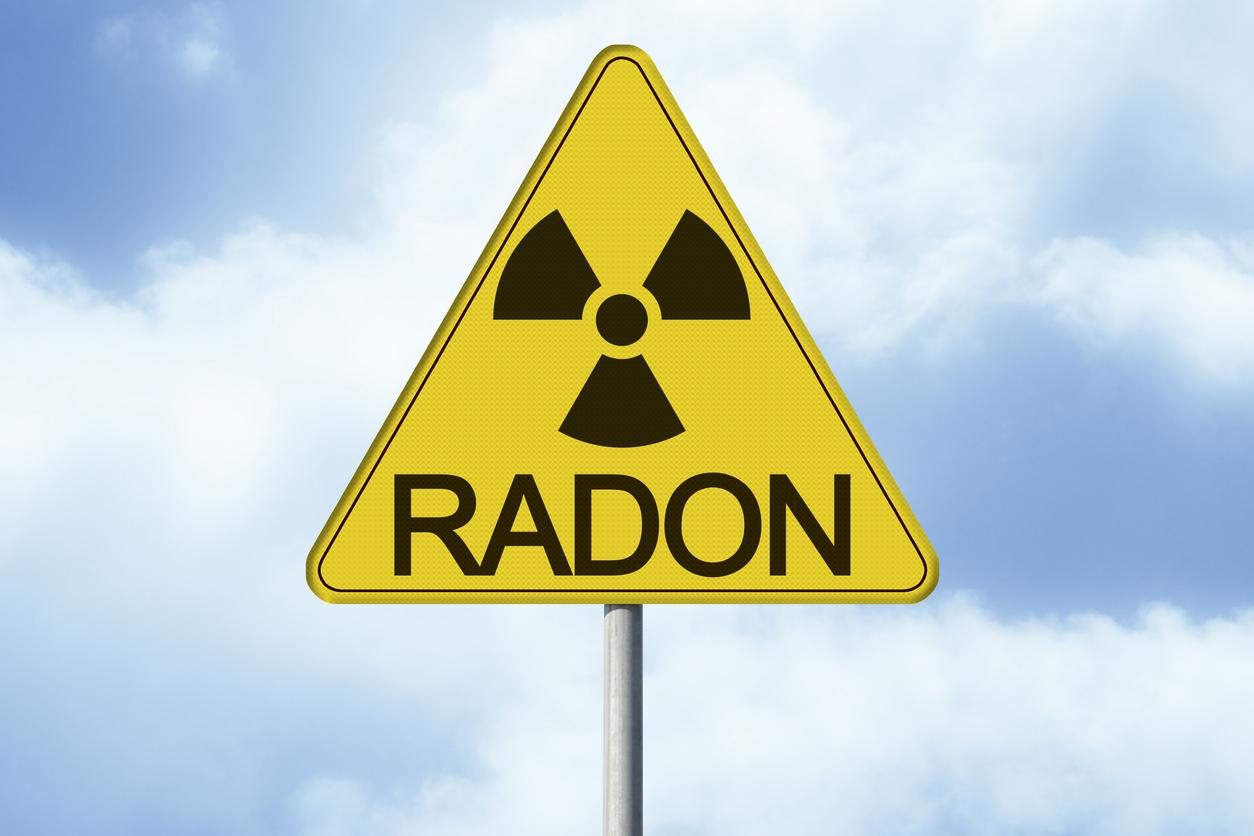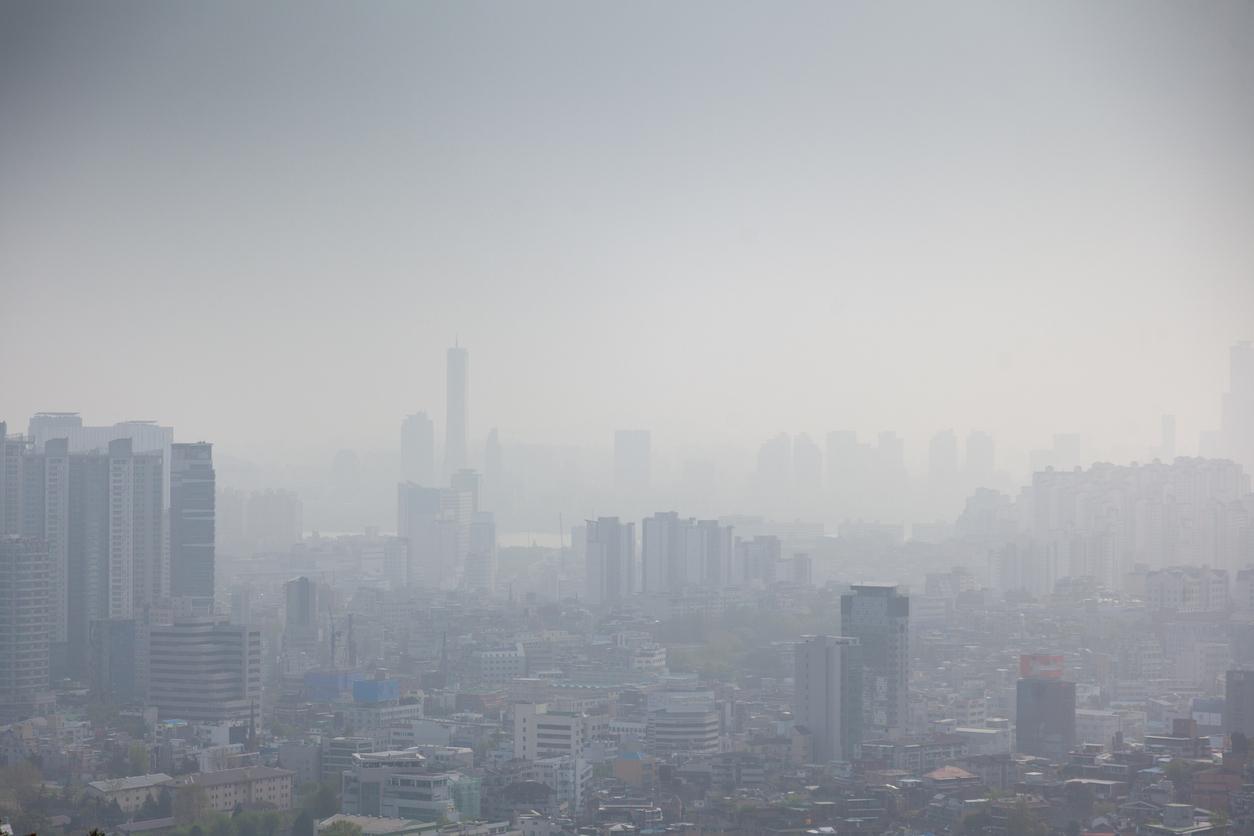The good weather that reigns over Normandy and Brittany has caused a peak in pollution. In the western departments, fine particles exceed the alert threshold.

The West is suffocating. Several departments of Brittany, Lower Normandy and Upper Normandy are the subject of a pollution alert. In Morbihan, fine particle pollution (PM10) should even last longer.
Orange flag for air quality in the Breton and Norman departments. The prefectures of Manche and Calvados launched an information plan for the population on October 3. Indeed, the threshold of 50 μg / m3 air was exceeded for PM10, according to the association Air COM. The same is true in the neighboring departments of Ille-et-Vilaine, particularly in Rennes, and throughout Morbihan. In the latter, the alert is active until October 5, 11 a.m., in accordance with the association’s data. Air Breizh. In Haute-Normandie, the agglomerations of Have (Seine-Maritime) and Rouen (Eure) are also affected by an alert.
High pressure conditions
It does not rain in the great West, and the quality of the air suffers. Because it is indeed a particularly stable anticyclone, combined with a weak south-easterly wind, which is at the origin of this pollution peak. There are also various combustions (automobile, heating, wood, etc.) which accentuate the phenomenon. “In the current state of weather forecasts and elements provided by Air COM, this phenomenon is likely to last until Sunday evening at least”, alert the prefectures from Manche and Calvados.
The pollution peak is not sufficient to trigger containment measures. But the various prefectures alert populations at risk, namely pregnant women, infants and young children, the elderly (65 years and over) as well as people with respiratory or cardiovascular pathologies. Indeed, “there are limited and transient effects on the health of sensitive persons in the event of short-term exposure. These populations are therefore invited to reduce their intense physical activities.
The Morbihan prefecture also asked motorists to reduce their trips and not to exceed 70 km / h on secondary roads and 90 km / h on 2×2 lane roads.
.

















